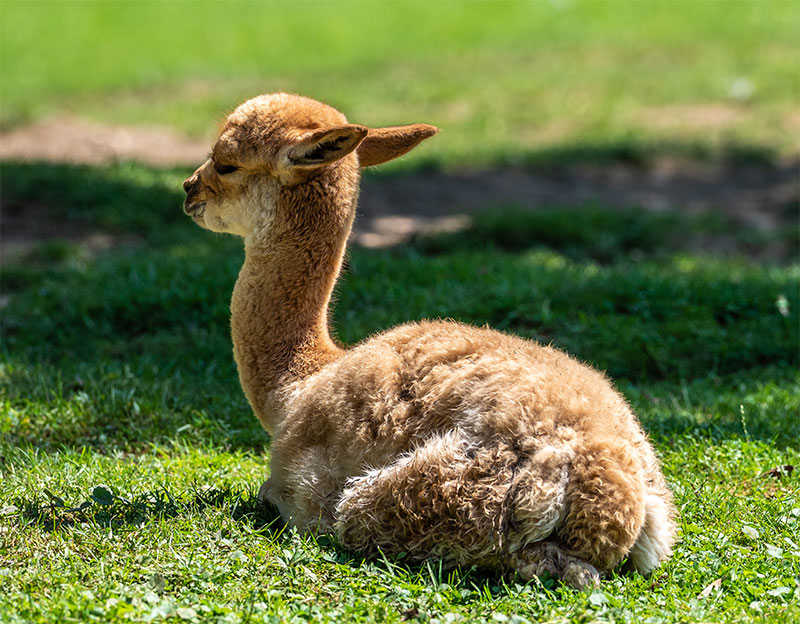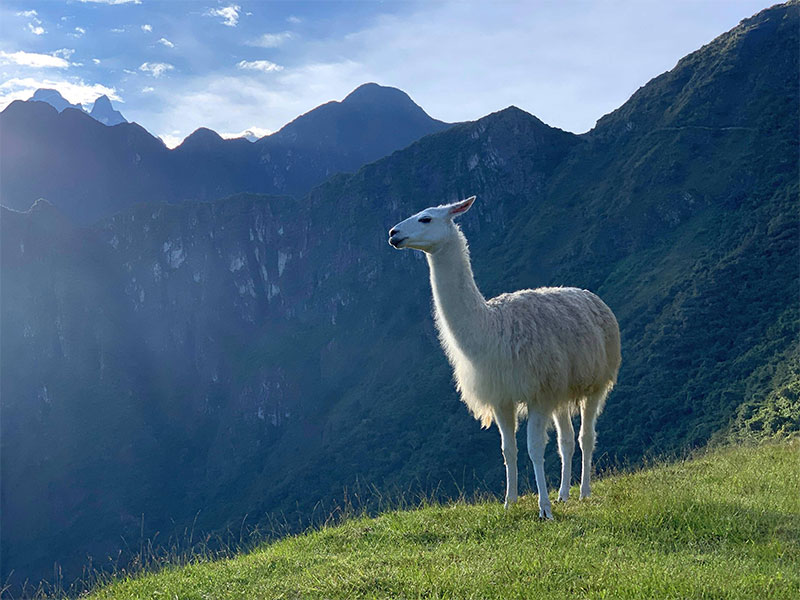
What Is Valley Fever?
Also called coccidioidomycosis, Valley Fever is a fungal infection caused by the Coccidioides spp. fungi which are found in soil regionally in the southwestern United States (especially south-central Arizona and the central valley of California) and in parts of Central America and South America.
The term “Valley Fever” refers to both the fungal infection and the range of symptoms that it causes.
What States Have Valley Fever?
AZ, CA, TX
Small number of cases – UT, NV, NM,
Human cases have been documented in WA and CO as well.


How Do Llamas and Alpacas Get Valley Fever?
Llamas and alpacas contract Valley Fever the same way other mammals can, by breathing in infectious spores that are found in the soil. These spores can be kicked up from the dirt or can be breathed in while they are blowing around in dust in the wind.
Once the lungs have been exposed to the infectious fungal spores, the lifecycle of the Coccidioides fungus continues. The spores take root in the lungs where they grow, mature, and reproduce. If left untreated, they can spread, causing painful symptoms and health problems throughout the body.
Most humans, and probably even most alpacas and llamas, successfully contain the fungus in the lungs at the beginning of infection and don’t get sick.
Is Valley Fever Contagious?
Valley Fever is not contagious. It is not spread between people or animals by coughing or any other way. Sometimes multiple animals or humans are affected in a household, but that is more an indication of their common environment.


What Signs and Symptoms Should Camelid Owners Watch for in Their Animals?
Alpacas are more likely to show few or no clinical signs, while the majority of llamas in one report showed signs of illness. Male llamas are statistically the most likely to get Valley Fever. Male and female alpacas are equally susceptible, though pregnancy may be related to worse outcomes in females.
When animals demonstrate illness, the most common signs are weight loss, coughing, decreased energy, and decreased appetite. Others include lameness, joint swelling, inability to stand or walk, fever, cardiac disease, non-healing skin lesions, brain or spinal cord symptoms, and reproductive issues. Abortions were reported for 2 alpacas and 5 crias (4 alpaca, 1 llama) born with Valley Fever from their mothers died. The dams were also usually euthanized or died.
Butkiewicz, Shubitz, Transbound Emerg Dis, 2019, Vol 66:807-812
Grayzel, et.al., Medical Mycology, 2021, Vol 59(6):571-577.
Fernandez, et.al., J Vet Diagn Investigation, 2018; DOI:10.1177/1040638718777282.
How is Valley Fever Diagnosed?
Valley Fever is diagnosed by a blood test that checks for antibodies to the fungus. Other tests may also help to diagnose the disease. Tests include complete blood work, x-rays of lungs or affected limbs, aspirates of joints or draining lesions, and biopsies or fungal cultures.

How is Valley Fever Treated? Is the treatment successful?
In dogs and people, Valley Fever is treated or managed generally well with various antifungal medications. That is unfortunately not true for our camelids. Our own experiences, as well as the literature reported, suggest that over half of animals that are sick die despite treatment with antifungal medication.

The medications are altered in the forestomachs making them less able to get into the bloodstream where they need to be to work. In the past, I have worked with Dr. Shubitz on some small trials where we tried to get the blood levels of the medication high enough to try to treat the Valley Fever, but we have not been able to find a consistent medication, dose, or way to give it that gets us what we need. In one of the trials, we used rectal suppositories with the medication to try to bypass the forestomachs. In another trial, we administered oral medications at high doses twice daily. Neither gave us the results we were hoping for. One of the big problems is that there is not a lot of money available to fund studies in camelids as the problem is regional and there is a relatively small population of camelids in this small area.
A small study of fluconazole in alpacas performed by veterinarians at the Valley Fever Center for Excellence (UArizona, Tucson) showed that doses of 10-15 mg/kg/day produced blood concentrations high enough to potentially treat Valley Fever in about half of the animals. This was a pharmacokinetics study designed to understand doses of this drug that have the potential to make alpacas well, but there are currently no studies of the actual efficacy of this medication in alpacas or llamas. For more details on the study and its results, follow this link to the Valley Fever Center for Excellence .
Butkiewicz, CD, Shubitz LF, Nix DE. A preliminary study of the plasma concentrations of orally administered fluconazone in alpacas (Vicugna pacos) J Vet Pharmacol and Ther 2021:https://onlinelibrary.wiley.com/doi/full/10.1111/jvp.12994
Why Are Camelids So Susceptible to Valley Fever?
The issue is not that they are necessarily more susceptible to Valley Fever but that we are unable to manage/treat them well with the antifungal medications. Camelids may be more susceptible to spread of the disease throughout the body from the lungs if it is not controlled early. Unfortunately, another issue is that they seem to “hide” their disease until it is widespread, which is very difficult to diagnose and manage.


What Can Camelid Owners Do to Prevent Valley Fever?
Move the animals out of the endemic areas. Unfortunately, there is no vaccine and no way to control the spores in the environment.
Can the hay you buy cause Valley Fever? A lot of camelid owners buy their hay from out of Arizona to try to avoid Valley Fever.
Hay bought outside of the endemic areas is much less likely to have spores in it than hay grown in endemic areas. However, if your camelids live in the endemic area, feeding them hay from non-endemic areas will likely not reduce their chance of acquiring Valley Fever because they are already breathing it from the soil. The opposite is potentially more concerning: bringing feed grown in soil from endemic areas to an area without Valley Fever may potentially expose your alpacas and llamas to spores trapped in the dust of the hay.

Anything Else?
For a slide show presented by Dr. Lisa Shubitz at Calpaca symposium 2020, click here.







